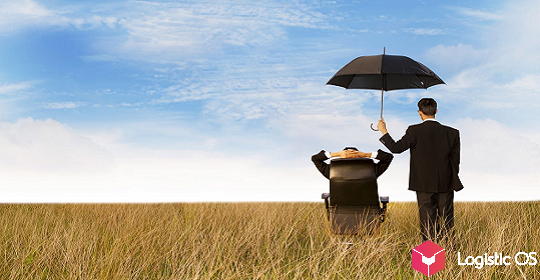Analysts note that against the backdrop of rising vegetable prices, the average price of a liter of borsch has increased to 36 rubles per liter.
Vegetables are becoming more expensive in Russia, and this is well demonstrated by the borsch index.
Compared to September, the set of vegetables needed to prepare it has demonstrated a significant increase: by 13% on average. This data was shared by the Association of Retail Companies (AKORT).
At the same time, lean borsch costs 36 rubles per liter. If you add beef, the cost will already be 76 rubles, pork — 70 rubles, chicken — 58 rubles.
If we talk about meat, it has risen in price by about 5% compared to September, that is, less than vegetables.
By the way, if you buy a borsch set in retail chains, you can save money on this, experts note.
We can talk about saving from 20% to 70% of your funds, depending on what type of meat you buy to prepare the soup.
Experts note that the rise in price of the borscht set can be caused by several factors at once.
First is seasonality. In October, unlike August and September, fresh, just-picked vegetables disappear from the market, which in almost all cases leads to an increase in prices for them, since supply is reduced.
Second is the dynamics of the harvest in the context of the last few years. The current year has not become a record harvest, this also reduces the pressure of supply on prices and contributes to their growth.
Third is the approach of the New Year holidays, which traditionally cause an increase in prices for a wide range of goods in Russia.
At the same time, the increase in prices that we are seeing today cannot be called critical.
Chairman of the AKORT Presidium Igor Karavaev notes that the increase in prices for vegetables this year was not as strong as in other years.
«The average retail price of the most affordable items of socially significant food products in such categories as borscht vegetables and sunflower oil in October was lower than the purchase prices,» he said.
Overall, onions rose in price the most during October, with prices growing by about 19%. Potatoes came in second place in terms of price increase, with prices rising by almost 17%.
Next came white cabbage, which increased in price by 11%, and beets, with their price jumping by almost 10%.
At the same time, food prices in October rose by about 1.3% overall, which is significantly more than in September, when prices grew by only 0.3%.
Experts assume that the price increase will continue, but its pace may slow down.

